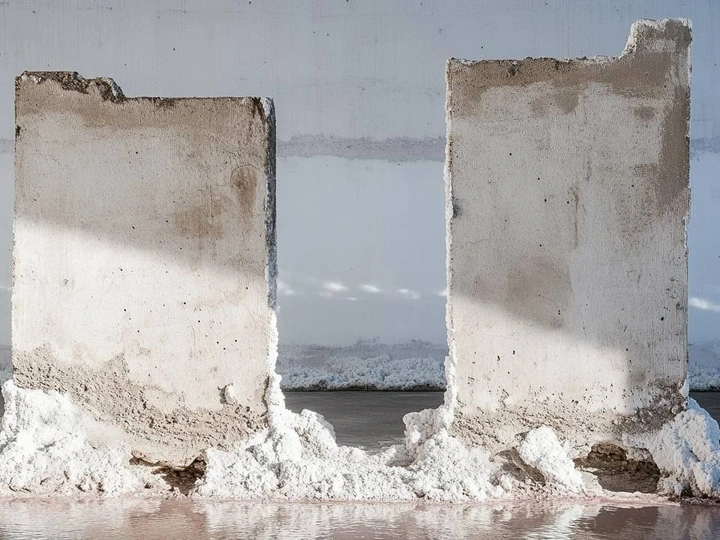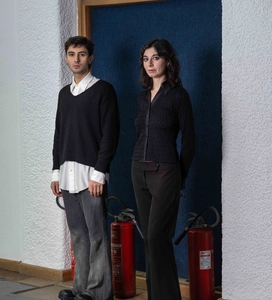Memory Sediments: Wellness & the Black Sea Resort

Galena Sardamova
Galena Sardamova's artistic and curatorial practice investigates the cross-linguistic and cross-cultural nuances of memory/nostalgia, space/place, and ritual/(be)longing. She sees the process of exhibition-making as responsive to the surrounding social, historical, and environmental reality, with the potential to offer a viable alternative to current modes of being. Her research work incorporates archival and spatial analysis of the Black Sea region, focusing on the politics and poetics of post-socialist infrastructures. Originally from Bulgaria, Galena is a graduate of the Harvard GSD and the University of Pennsylvania.
/
Paris Bezanis is an architect and researcher exploring material reuse, digital surveys, and ecological transformation in post-socialist and post-industrial landscapes. A graduate of the Harvard GSD and the University of Chicago, his work blends spatial analysis, performance design, and critical theory, with a focus on the Black Sea region. He is currently based in Berlin, working at the intersection of design, technology, and environmental history.
Across the Black Sea coast, decaying wellness resorts, sanatoria, and mud-bathing stations remain as spatial residues of past regimes of care. These landscapes–once tightly woven into imperial, socialist, and neoliberal visions of the citizen body–mobilized healing not as neutral therapy, but as political infrastructure. From labor-rest cycles to mass tourism, wellness was spatialized through mud, salt, and mineral water, producing architectures of control, aspiration, and public health.
Today, these sites persist in states of partial use and suspended decay: no longer fully operational, yet far from obsolete. The project investigates how such spaces might be approached not through restoration or abandonment, but through adaptive, situated practices of maintenance. It proposes a design research framework rooted in documentation, observation, and speculation–one that traces how architectures of care erode, endure, and transform.
Fieldwork across Romania, Bulgaria, and Ukraine focuses on sites such as the socialist sanatoria at Lake Techirghiol, the salt flats of Burgas, and the informal bathing grounds of the Kuyalnik Estuary. Using thermal imaging, photogrammetry, archival overlays, and social media analysis, we document both material change and modes of present-day use: seasonal rituals, protest, informal repair. Each site becomes a fragment in a larger spatial narrative–one that resists total preservation and instead engages decay as an evolving interface between environment, memory, and collective care.
Framed through the lens of post-tourism, the project asks how wellness might be reimagined outside spectacle and extraction. What spatial futures emerge when resorts are treated not as commodities, but as shared ecological and cultural landscapes? In a time of environmental instability and uneven development, we aim to propose new forms of stewardship–rooted in slowness, reciprocity, and frugal design–that engage with fragility instead of denying it.
